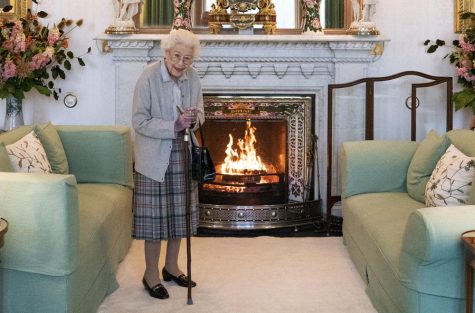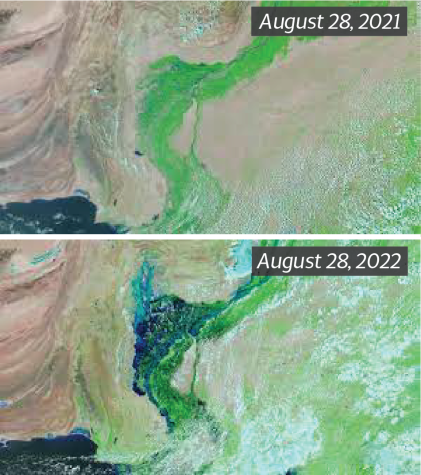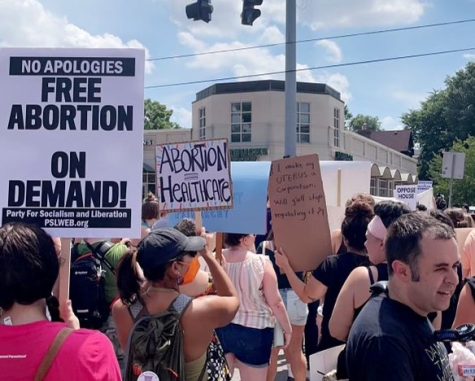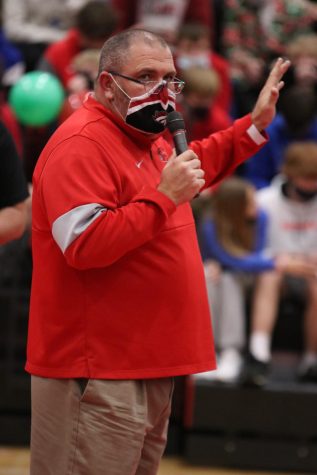The Decision: Trump Picks Vice President
July 16, 2016
Gearing up for the 2016 election, Trump makes his Vice President (VP) pick.
Donald Trump, presumptive Republican Presidential nominee, made his VP choice July 15. Trump chose Indiana Governor, Mike Pence to be his running mate. “I am pleased to announce that I have chosen Governor Mike Pence as my Vice Presidential running mate. News conference tomorrow at 11:00 A.M.,” Trump tweeted on Thursday.
Pence took to Twitter shortly after the announcement, saying, “Honored to join @realDonaldTrump and work to make America great again,” and the campaign debut a new logo featuring both names. Pence, former House speaker Newt Gingrich of Georgia, and New Jersey Governor Chris Christie were atop of Trump’s short list of potential running mates.
Trump had initially suggested he would wait until the Republican National Convention to unveil his vice presidential choice, but Indiana law forced his hand. Candidates can’t run for both federal and state office after July 15, meaning Pence had to withdraw his name from his re-election race for governor.
Pence has strong ties with the Republican side. He was among the first Republicans to embrace the tea party on Capitol Hill. And as governor of Indiana, he faced major political backlash over his decision to sign into law a “religious freedom” measure that infuriated major businesses that saw it as anti-LGBT. Pence is seen by others as a safe pick for VP but Pence made clear this week that he’s more than willing to play the role of attack dog, strongly criticizing Hillary Clinton during a rally with Trump.
For many people who don’t know Pence; Pence, 57, was born in Columbus, Indiana, where his father ran a chain of gas stations. He attended Hanover College, a liberal arts school in Madison, Indiana, and earned a law degree. He campaigned for Congress in 1988 and 1990 but lost to Democrat Phil Sharp. In 1991, Pence became the president of the Indiana Policy Review Foundation, and in 1993 began his own radio show. He ran for Congress again in 2000, and this time won. By 2009, Pence had risen to become the House of Republican Conference chairman. As governor, Pence struggled in the shadow of Mitch Daniels, former governor of Indiana, who backed away from a presidential campaign of his own in 2014.
Still, Pence successfully guided into law a series of tax cuts in Indiana, slightly reducing the state’s income tax and speeding up the phase-out of its inheritance tax. One thing that Pence could bring to a Trump ticket is access to the wealthy donor network created by the billionaire Koch brothers.
On the other hand, Trump and Pence don’t agree on every issue. The two Republicans disagree on free trade. But as The Washington Post notes, Pence voted in favor of every free trade agreement that came up while he was in Congress. He’s also a supporter of the controversial Trans-Pacific Partnership as well as the Central American Free Trade Agreement. Trump criticized these agreements.
Having Pence join Trump’s ticket, he leaves Indiana Republicans to replace him in what was expected to be a hard-fought re-election battle against Democratic former state House Speaker John Gregg.













